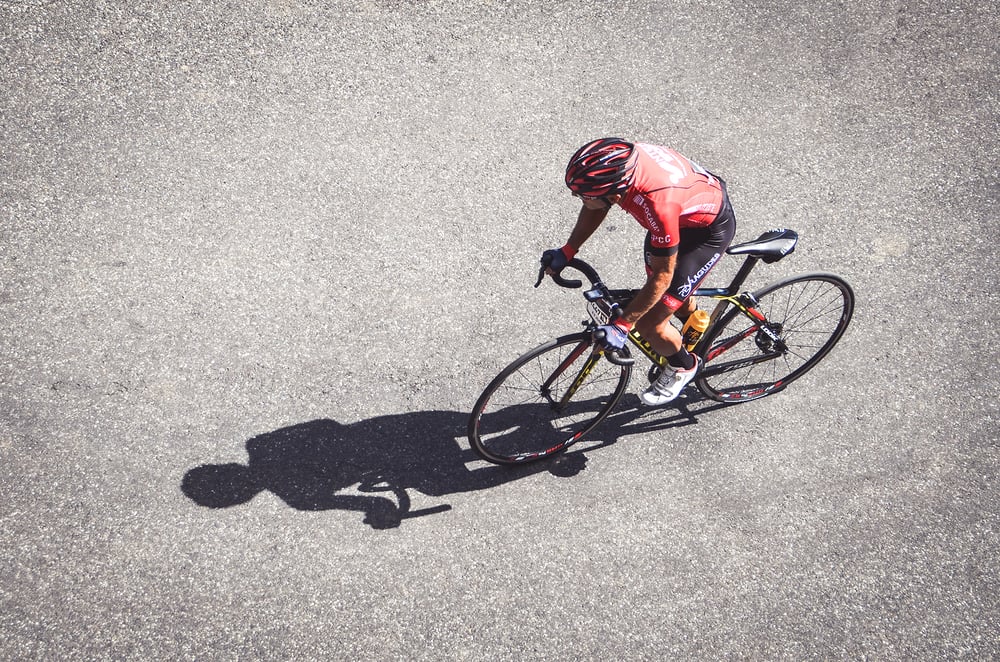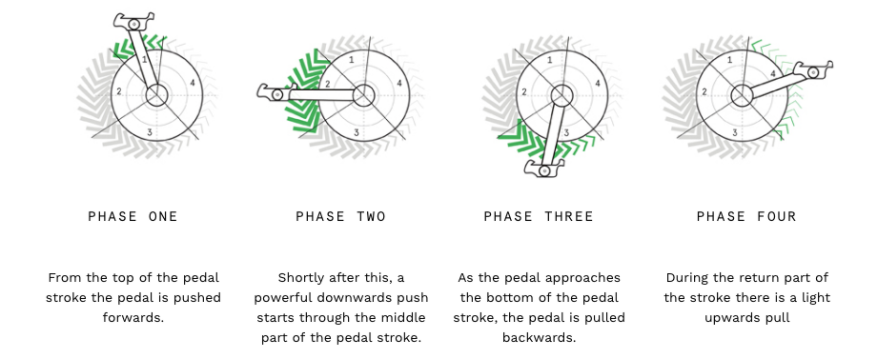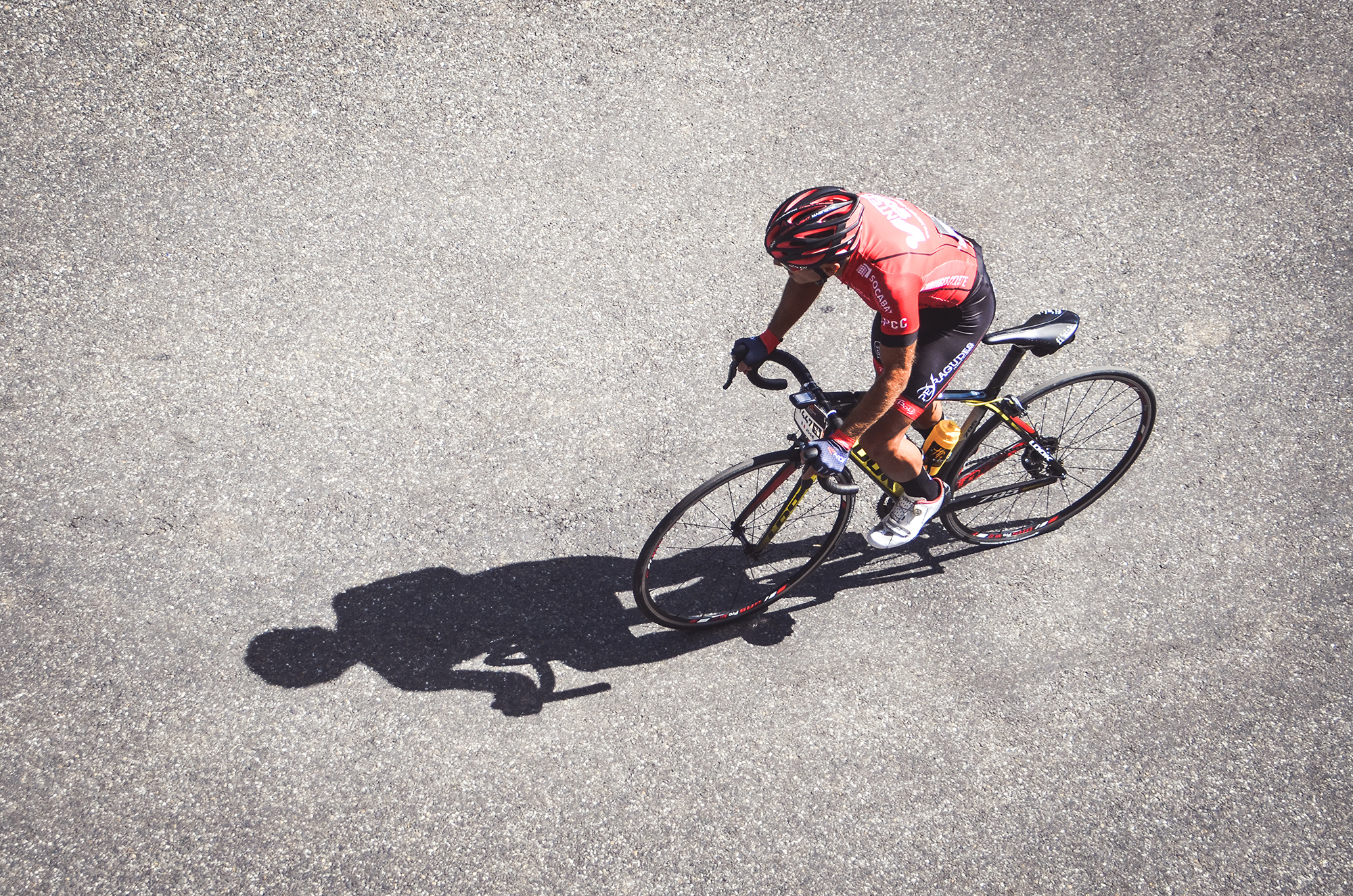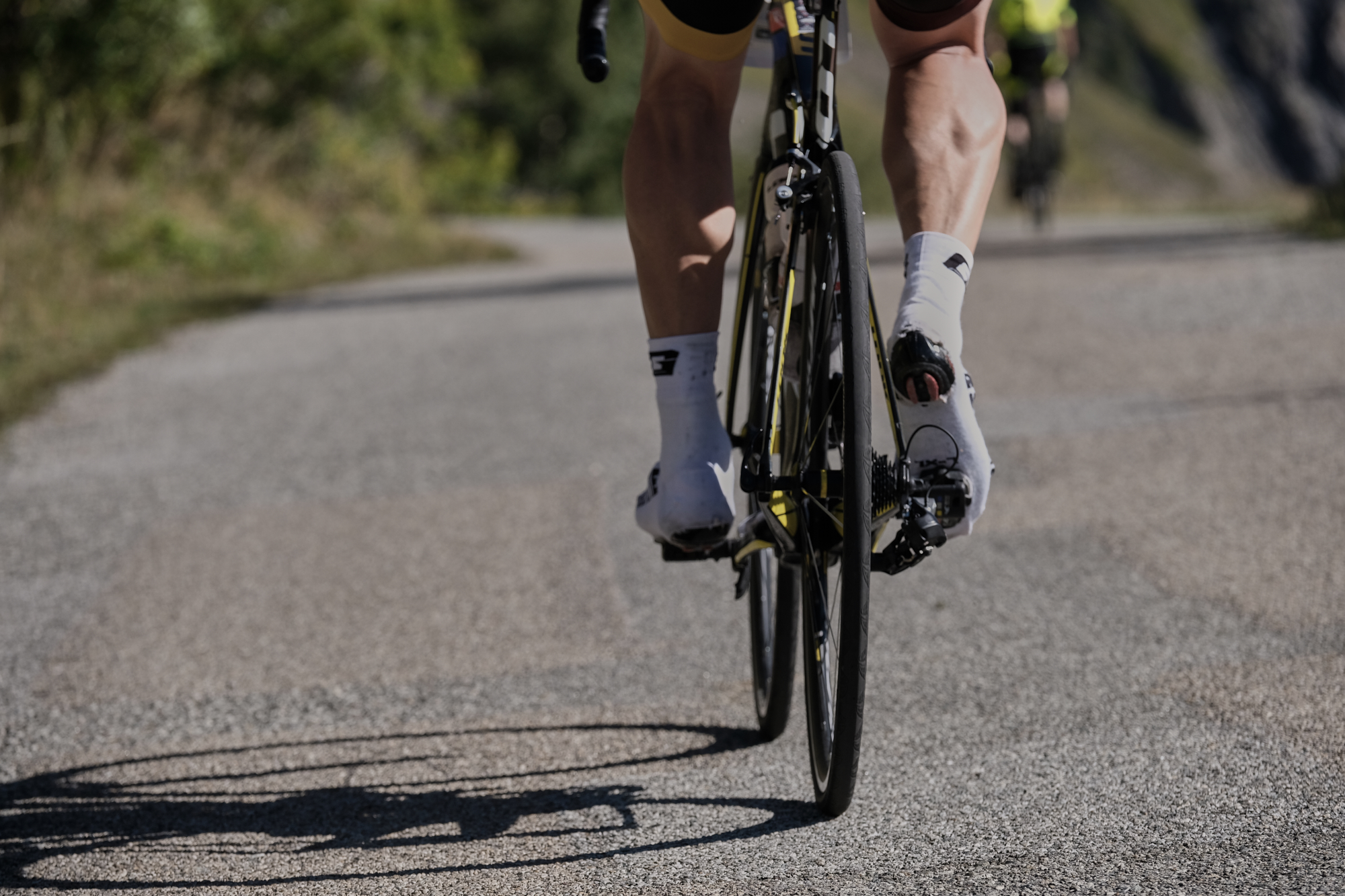Learn from the pros at Wattbike about how to increase your pedalling efficiency and how it will improve your performance.
WORDS: HRN STAFF
Why do some cyclists pedal smoothly and effortlessly and others appear to pedal in squares? The answer is in the pedalling efficiency. From increasing your power, to riding faster and conserving energy, being a more efficient cyclist can have a profound effect on your cycling performance. But good pedalling technique isn’t simply a matter of pushing down as hard as you can on one pedal and then doing it again on the next, it’s a far more refined affair.

Why is pedalling efficiency such a big deal?
When a cyclist applies force to a pedal some of that force is ineffective; rather than creating torque and turning the chainrings, a proportion of it is lost. What determines how much force is lost is the angle at which it’s applied, which changes as you push your foot around the pedal stroke.
Inefficient cyclists have a tendency to only push downwards on the pedals when their foot is at 90 degrees to the bike’s crank arm. This creates force at the top of the stroke but not at the bottom.
A more efficient cyclist will change the angle of their foot as their pedal, so that they are applying as much force as possible throughout the entire revolution of the crank. One way to visualise this is to break your pedal stroke into four key stages.

To help find that optimum pedal angle Wattbike created the Pedalling Effectiveness Score (PES), for use on its app with its indoor trainers, the Atom, Pro and Trainer.
Check out Eight things you need to know before setting up a home trainer to practice the pedalling at any time of the year.
Based on the Index of Force Effectiveness (IFE), a method used in cycling to express the mechanical efficiency of pedalling, the real-time PES assesses the impact of changes in your pedalling technique by measuring the forces applied to the pedals. It then gives your pedalling efficiency a score on a colour coded, sliding scale and visualises your pedalling in a Polar View graph.
Cyclists with optimum technique can expect to score around 75 on the sliding scale and for their graph to glow green. If you’ve got work to do however, expect to see your graph turn amber or at worst red and your score to be 70 or below.
But there are other more rudimentary ways to assess your efficiency (or lack of it) too. If you’ve ever tried to pedal at a very high cadence, say 100-110rpm, and have experienced a bumpy ride – more akin to riding a horse than a bike – you might need to work on your pedalling efficiency.
Another simple technique is riding with one leg, which admittedly looks ridiculous, but is a simple and surprisingly transparent way of checking what your legs are up to. Ideally, you should be able to rotate the pedal smoothly in one continuous movement.
However, many of us stop pedalling for just long enough to feel a tiny jolt or at the top of the pedal stroke.
For many cyclists, simply being aware of your pedalling is the first step to becoming more efficient at rotating the pedals. Once you’re in tune, try focussing on your technique for 10 pedal revolutions every 10 minutes of your ride, then build up to 20 revs every 10 minutes until you’re pedalling as efficiently as you can for a minute at a time. Build on this over a few rides until the technique becomes second nature, and watch your speed go up and up. You can follow up this with this article: 5 reasons to Train for Cycling Round, about the importance to keep continue to practice the pedalling all year around.








